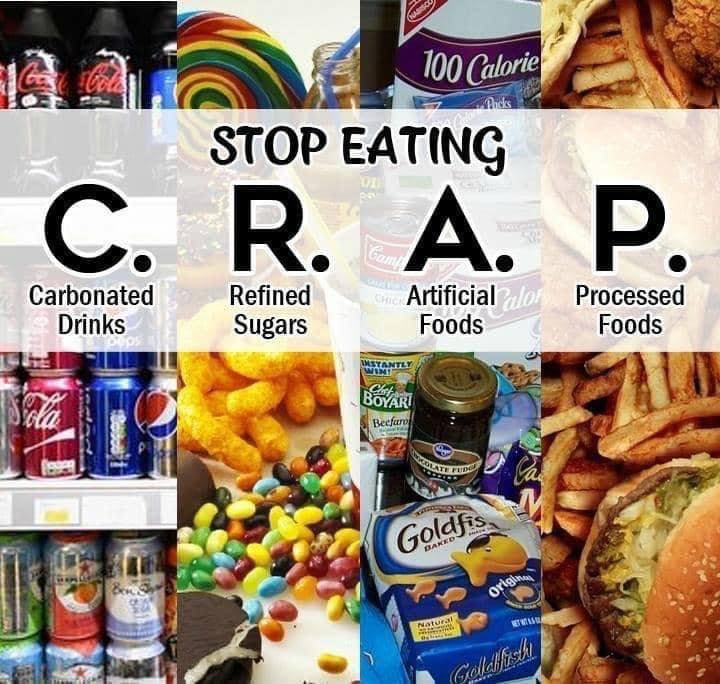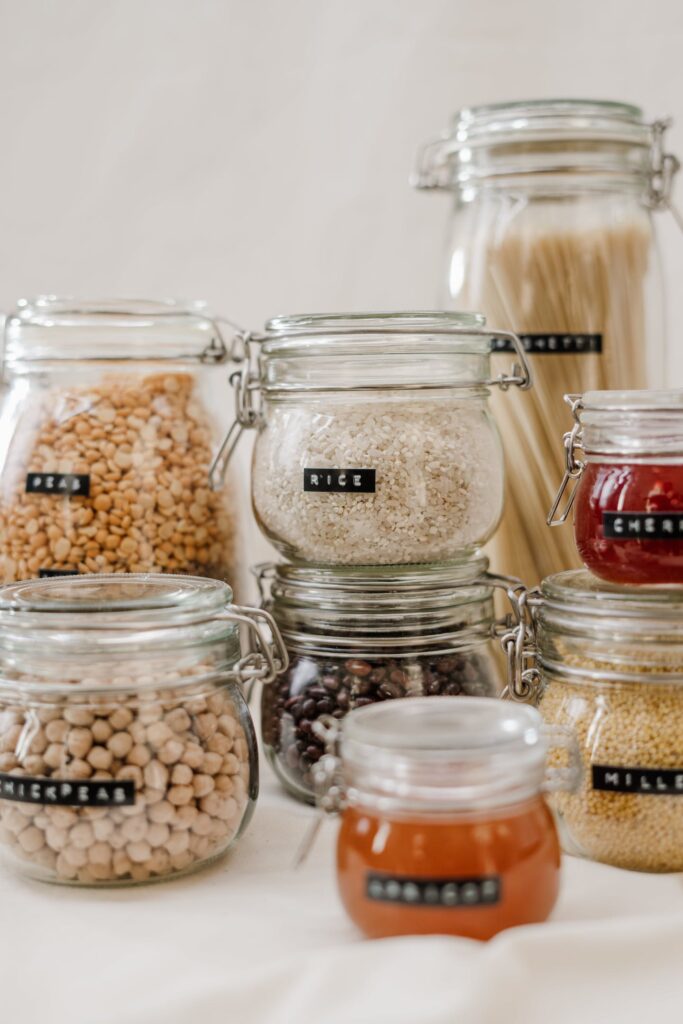
For decades, there’s been an industry that has played a dangerous game with the American people, an industry that has put profit before health. It ran deceptive campaigns, misled policymakers even when under oath, and paid for biased research to create confusion. The longer the truth was withheld, the more people ingested their products unaware of the damage it was causing to their bodies. Regulations that could have protected the public were delayed, and the industry continues making potentially dangerous claims about the safety and “reduced-risk” nature of its newer products. But we must ask ourselves, can we really take what this industry says at face value? Its track record of deception and putting profit before health suggests we cannot.
Now, you might think I’m talking about the tobacco industry, with its well-documented history of deceit and manipulation. However, the industry I’m referring to is the food industry, and its actions are no less concerning.

Big Food has largely escaped the public notice and censure that the tobacco industry has faced, despite its insidious influence. In fact, the food industry is more powerful and better resourced than tobacco. It wields immense influence by purchasing support at every level of government and fighting common-sense regulations through funding “shadow” advocacy groups and sympathetic scientists.
Individuals and political action committees associated with the food industry donate substantial sums to politicians, with millions spent on federal political lobbying and contributions to lawmakers responsible for food regulation.
Individuals and political action committees associated with the food industry donate a fortune to politicians with nearly $34 million spent on federal political lobbying in 2015 and an estimated nearly $6 million in direct contributions to House and Senate committee members responsible for food regulation in 2013–2014.
Center for Responsive Politics. Food & Beverage — Industry Profile: Summary, 2015
This level of financial influence undoubtedly impacts the decisions made by our elected officials.
American’s Eat Like They Have Free Healthcare
The products manufactured and aggressively marketed by the food industry are often loaded with sugar, salt, saturated fat, and calories. This chronic unhealthy diet has led to poor health for many Americans, with poor dietary choices now being one of the leading causes of death, surpassing even smoking. Chronic food-related illnesses claim the lives of up to 678,000 Americans annually.
Moreover, the impact is not evenly distributed. Low-income communities often lack basic resources such as nutritional literacy and access to affordable fruits and vegetables, which compounds their risk factors for chronic diseases, turning this issue into a civil rights concern.

A study of almost 6,000 adults ages 45 and older found that Black adults who ranked within the top 25% of all participants for consumption of ultra-processed food were 55% more likely to have high blood pressure compared to white adults who consumed a similar amount of ultra-processed foods.
The food industry uses misleading tactics to obfuscate nutritional information, particularly targeting young people and minorities. Their marketing strategies lead people to make unhealthy choices without realizing the consequences.
What Can Be Done?
So, what can be done to protect ourselves and our loved ones from the deceptive practices of the food industry? One way is to change how we approach food. Instead of shopping grocery store aisles by traditional categories, maybe we should categorize food by the impact it has on our health, both positive and negative. Here’s a simple three-point checklist to use as a guide:

- Is it processed? Highly processed foods offer little nutrition and are often loaded with sodium, added sugars, artificial flavors, colors, and preservatives. These ingredients can take a toll on vital organs like the kidneys and liver.
- Is it high in saturated fats? Foods high in saturated fats can increase levels of “bad” cholesterol in the blood, increasing the risk of diabetes, heart disease, and stroke.
- Does it have refined sugar? Sugar hides in many foods, even those marketed as “healthy.” Research shows that sugar can be as addictive as street drugs, and it can lead to health problems over time.

How to Read the Label: Unmasking Processed Foods
Items, from heat-and-eat meals like frozen pizza to sweetened breakfast cereals, have become staples in our diets. These products often contain at least one ingredient characteristic of the NOVA (Portuguese: nova classificação, ‘new classification’) ultra-processed food group. This means you should be on the lookout for food substances that are seldom found in home kitchens. Examples include high-fructose corn syrup, hydrogenated or interesterified oils, and hydrolysed proteins. Additionally, keep an eye out for classes of additives designed to make the final product more palatable or appealing, such as flavors, flavor enhancers, colors, emulsifiers, emulsifying salts, sweeteners, thickeners, and anti-foaming, bulking, carbonating, foaming, gelling, and glazing agents.
Yuka is a free mobile app that allows you to scan the barcodes of food and personal care products and instantly see their impact on your health. A rating and detailed information help you understand the analysis of each product.
By becoming more ingredient-conscious, you can make informed choices and avoid foods laden with harmful additives. So, the next time you pick up a packaged product, give its ingredient list a closer look and steer clear of those harmful substances lurking in ultra-processed foods.
Aim for an “Ingredient Kitchen” – Nix Processed Foods

Consider transforming your kitchen into an “Ingredient Kitchen.” This concept is all about creating a home where you eliminate ready-to-eat foods and snacks, leaving only the essential ingredients for making your meals from scratch.
By opting for an “Ingredient Kitchen,” you can steer clear of processed foods and return to the basics when shopping for ingredients. This means buying fresh, healthy, and organic ingredients that form the foundation of home-cooked meals. With this approach, you gain control over what you eat and ensure you’re making healthier choices.
Here are some tips and tricks to help you maintain your “Ingredient Kitchen” and make cooking at home a breeze:
- Meal Plan – Cook for the Week on Sunday: Dedicate a day to prepare meals for the upcoming week. It’s a time-saving strategy that ensures you always have a nutritious meal at your fingertips, even on the busiest days.
- Repurpose Cooking: Get creative with your cooking. For example, you can cook a whole roasted chicken on Sunday and use it for various meals throughout the week, like sandwiches, salads, and more. This reduces the need for continuous cooking.
- Prep in Advance: Save time and make cooking easier by having some ingredients prepped and ready to go. Pre-chopped onion, pre-minced garlic, and cubed chicken are just a few examples of time-saving preps that you store in the freezer and can make your meals come together more quickly.
In a world where the food industry often prioritizes profits over health, it’s essential to arm ourselves with knowledge and make conscious choices to protect our well-being. Embrace the idea of an “Ingredient Kitchen” and take control of your food choices. With the right ingredients and some planning, you can enjoy fresh, healthy, and delicious home-cooked meals while sidestepping the pitfalls of processed foods. By doing so, we can take control of our health and counteract the deceptive practices of an industry that should prioritize the well-being of its consumers.
Leave a Reply